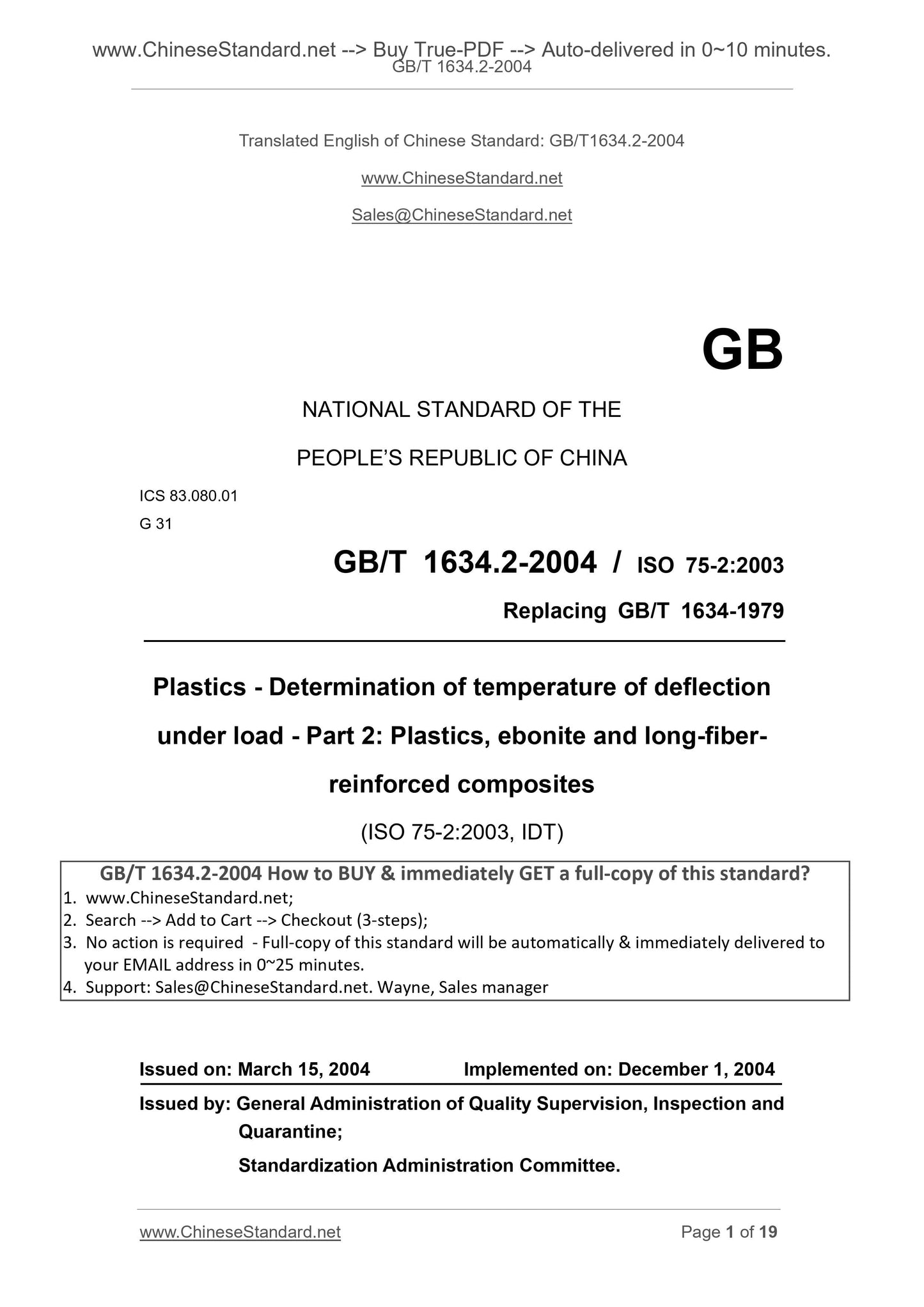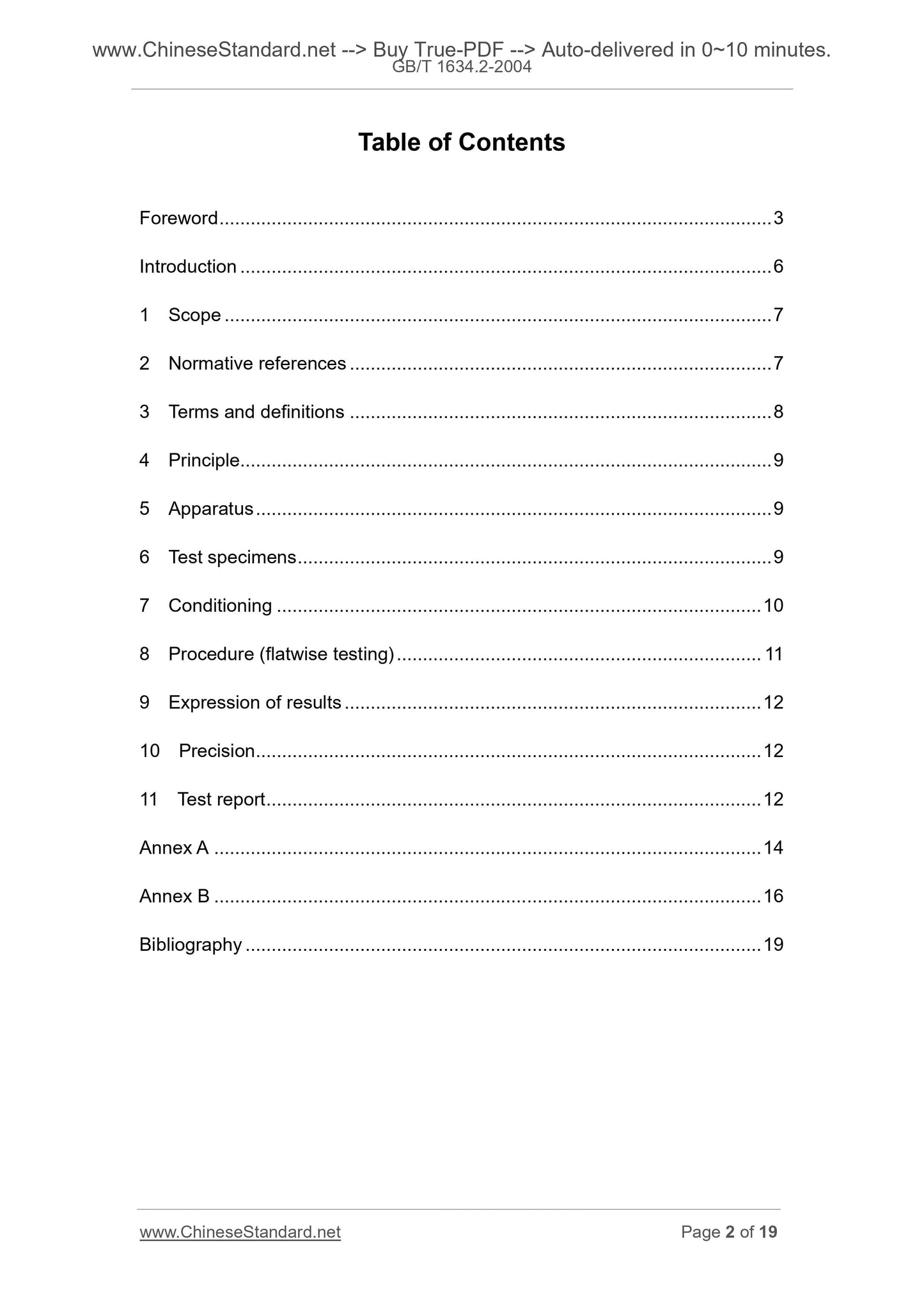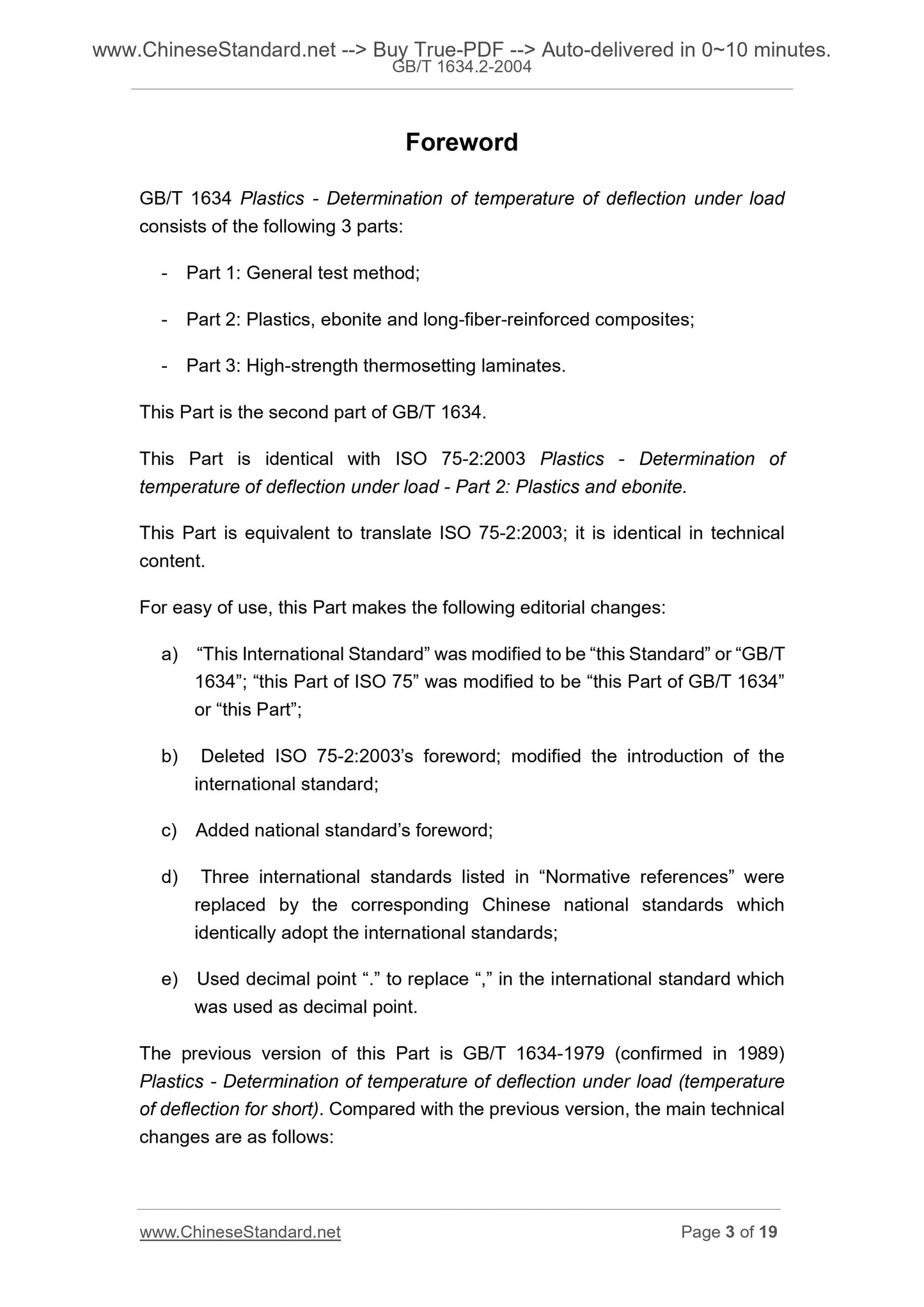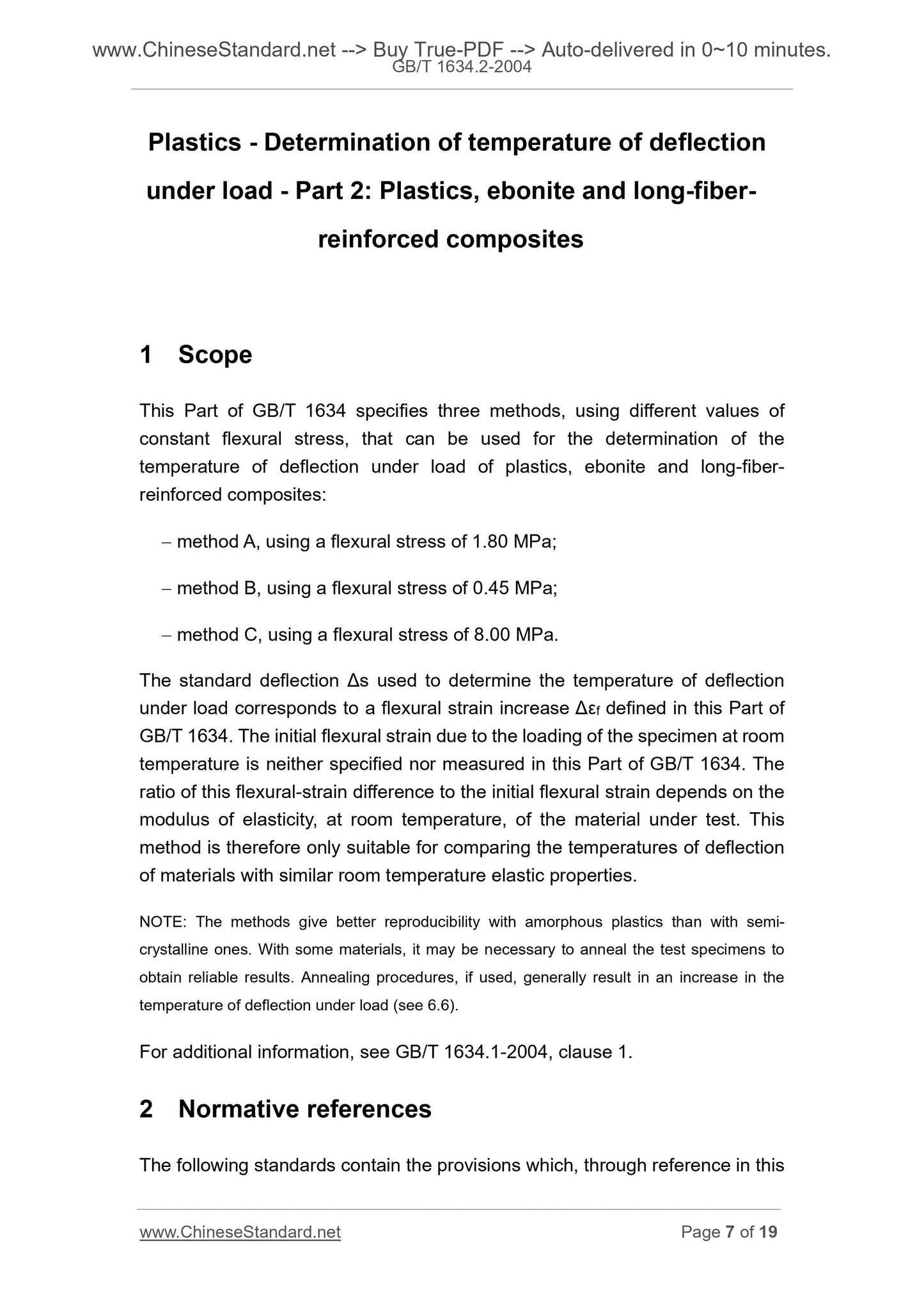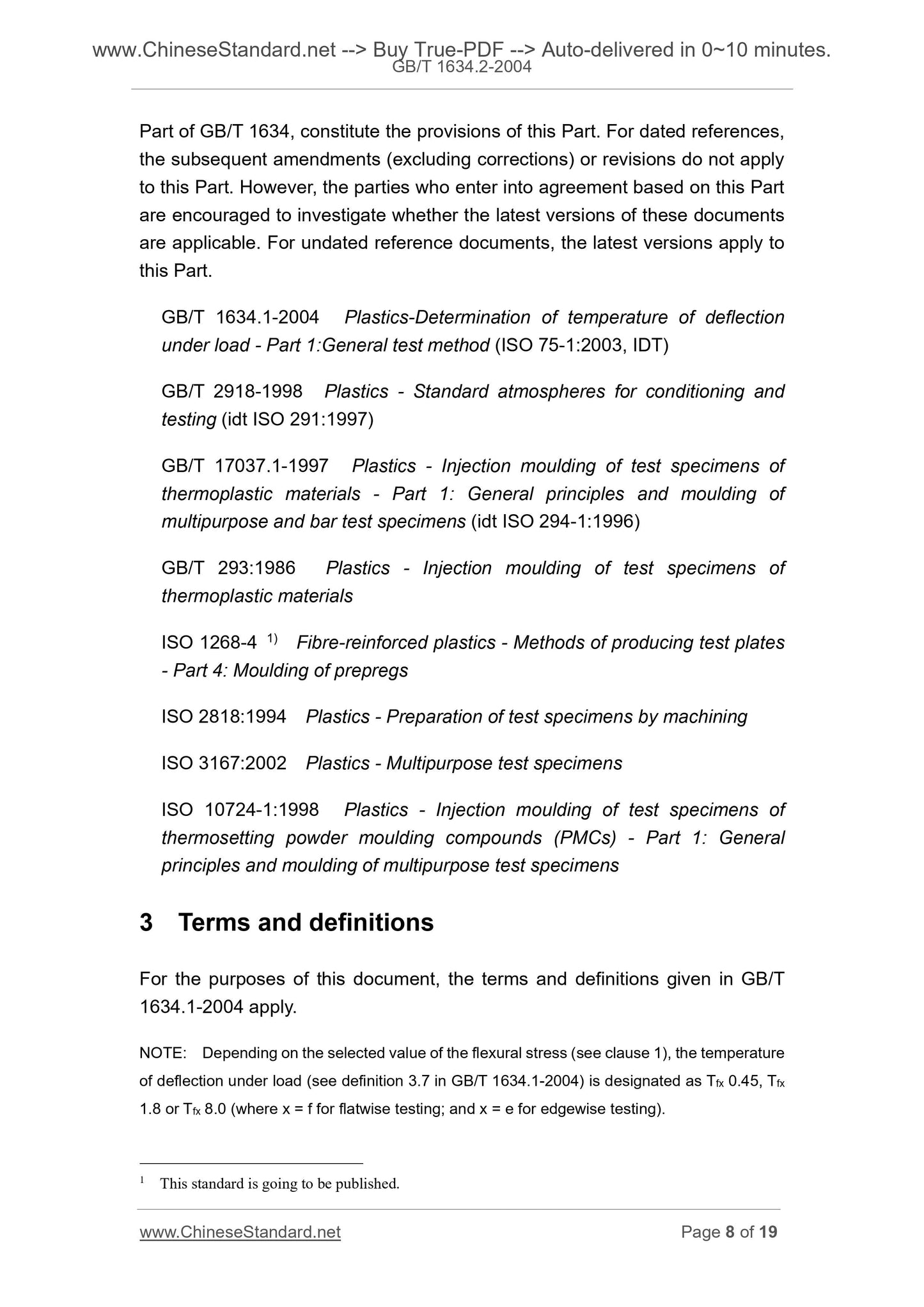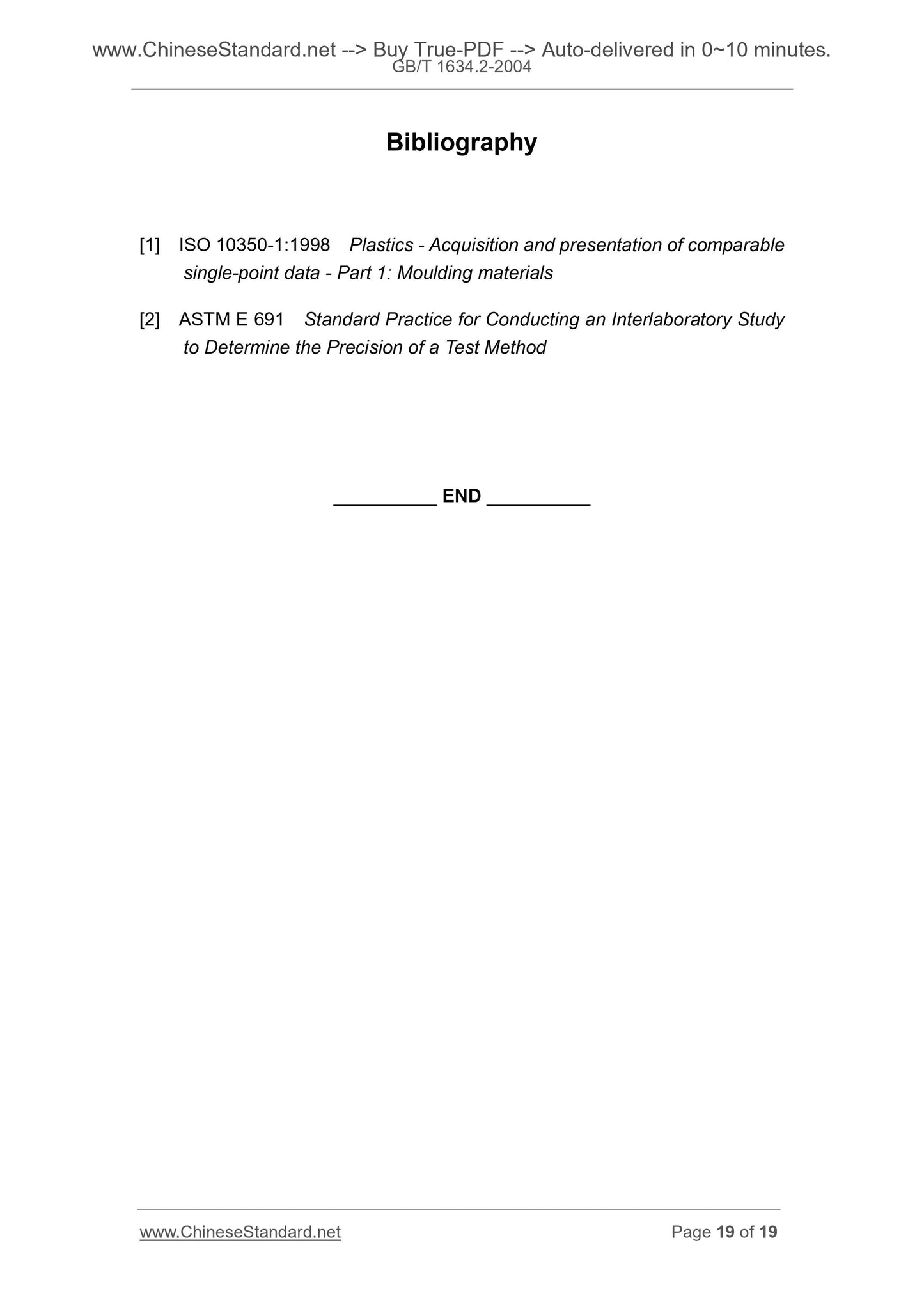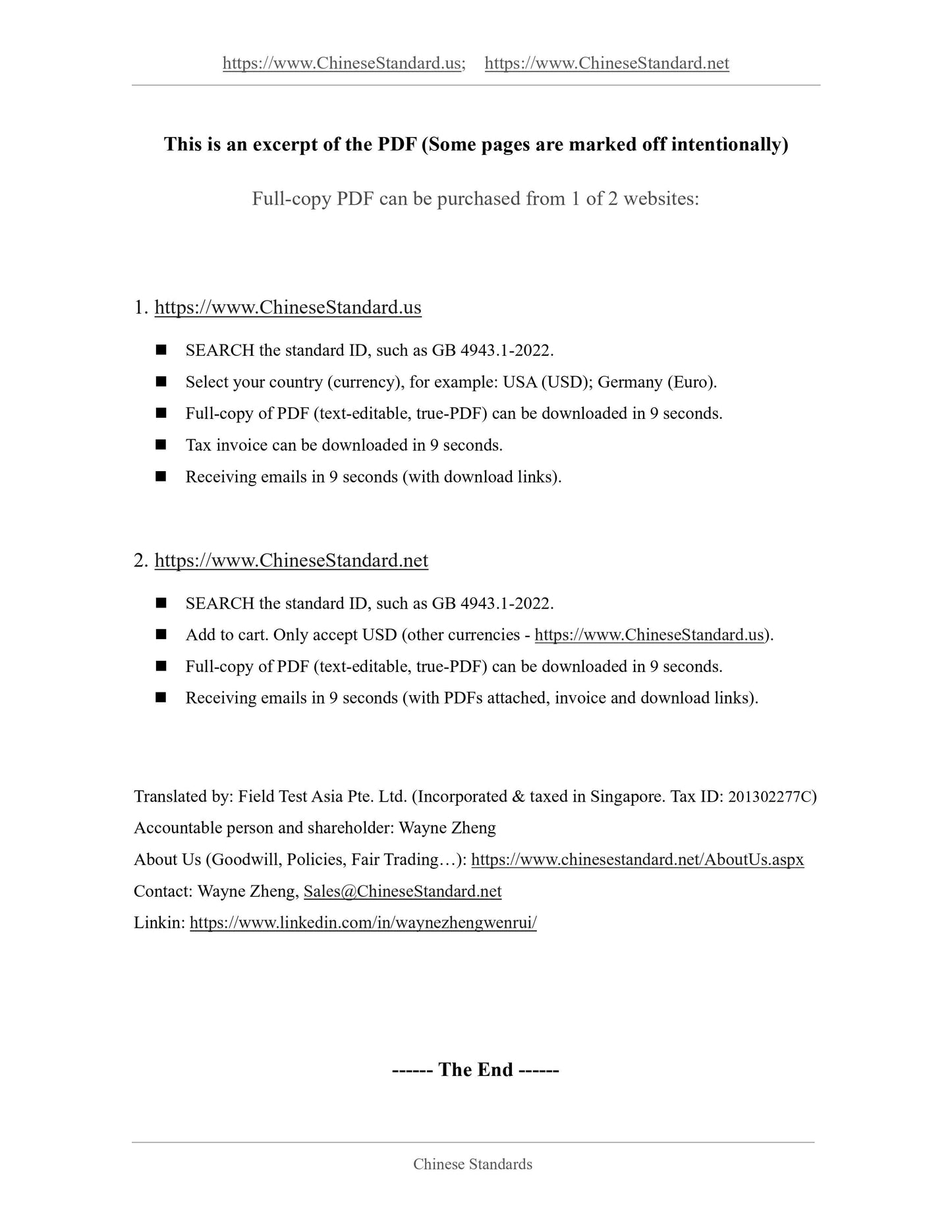1
/
of
7
PayPal, credit cards. Download editable-PDF and invoice in 1 second!
GB/T 1634.2-2004 English PDF (GB/T1634.2-2004)
GB/T 1634.2-2004 English PDF (GB/T1634.2-2004)
Regular price
$85.00
Regular price
Sale price
$85.00
Unit price
/
per
Shipping calculated at checkout.
Couldn't load pickup availability
GB/T 1634.2-2004: Plastics -- Determination of temperature of deflection under load -- Part 2: Plastids, ebonite and long-fibre-reinforced composites
Delivery: 9 seconds. Download (and Email) true-PDF + Invoice.Get Quotation: Click GB/T 1634.2-2004 (Self-service in 1-minute)
Newer / historical versions: GB/T 1634.2-2004
Preview True-PDF
Scope
This Part of GB/T 1634 specifies three methods, using different values ofconstant flexural stress, that can be used for the determination of the
temperature of deflection under load of plastics, ebonite and long-fiber-
reinforced composites.
method A, using a flexural stress of 1.80 MPa;
method B, using a flexural stress of 0.45 MPa;
method C, using a flexural stress of 8.00 MPa.
The standard deflection Δs used to determine the temperature of deflection
under load corresponds to a flexural strain increase Δεf defined in this Part of
GB/T 1634. The initial flexural strain due to the loading of the specimen at room
temperature is neither specified nor measured in this Part of GB/T 1634. The
ratio of this flexural-strain difference to the initial flexural strain depends on the
modulus of elasticity, at room temperature, of the material under test. This
method is therefore only suitable for comparing the temperatures of deflection
of materials with similar room temperature elastic properties.
NOTE. The methods give better reproducibility with amorphous plastics than with semi-
crystalline ones. With some materials, it may be necessary to anneal the test specimens to
obtain reliable results. Annealing procedures, if used, generally result in an increase in the
temperature of deflection under load (see 6.6).
For additional information, see GB/T 1634.1-2004, clause 1.
Basic Data
| Standard ID | GB/T 1634.2-2004 (GB/T1634.2-2004) |
| Description (Translated English) | Plastics. Determination of temperature of deflection under load. Part 2: Plastids, ebonite and long-fibre-reinforced composites |
| Sector / Industry | National Standard (Recommended) |
| Classification of Chinese Standard | G31 |
| Classification of International Standard | 83.080.01 |
| Word Count Estimation | 11,184 |
| Date of Issue | 2004-03-15 |
| Date of Implementation | 2004-12-01 |
| Older Standard (superseded by this standard) | GB/T 1634-1979 (1989) |
| Quoted Standard | GB/T 1634.1-2004; GB/T 2918-1998; GB/T 17037.1-1997; ISO 293: 1986; ISO 1268-4; ISO 2818: 1994; ISO 3167 |
| Adopted Standard | ISO 75-2-2003; IDT |
| Regulation (derived from) | Announcement of Newly Approved National Standards No. 4, 2004 (No. 66 overall) |
| Summary | This standard specifies: Determination of plastic using a different constant bending stress values ??, hard as stocks and long fiber reinforced composites load deformation temperature three methods, namely use 1. 8, MPa bending stress -A law, use 0. 4, MP. Method of bending stress -B, using 8, 0, MPa Bending Stress -C method. Used for measuring the temperature of deflection under load deflection ��S corresponds to the standard GB/T 1634 This standard specifies bending strain increment ����f. When a sample at room temperature due to withstand loads generated initial bending strain, neither by the GB/T 1634 This standard specifies, can not be measured. The difference between the initial bending strain bending strain rate depends on the test material elastic modulus at room temperature. Therefore, This method is only suitable for room temperature elastic properties of similar materials load deformation temperature were compared, This method no fixed shaping Libby Lee for partially crystalline plastics better reproducibility. To obtain reliable test results, certain materials may require the sample to be annealed. If the annealing process, often leads to withdrawal of the increase in its load deformation (see, 6), additional information, see GB/T 1634. 1-2004 Chapter 1. |
Share
